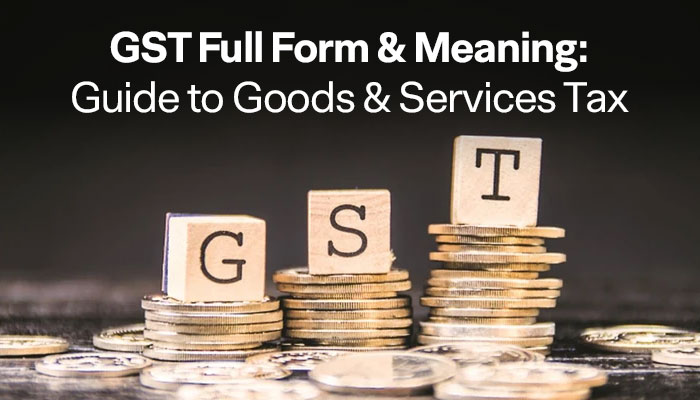Revolutionizing Home Loans in India Using Phygital Approach

In India, access to credit is one of the main hurdles for home ownership. Customers must depend on their own sources or other sources to avail credit. Phygital model, which is the combination of physical plus digital models helps lenders increase their reach beyond their branches. With this model, the home loan industry aims to expand rapidly by providing ease of credit to a larger audience.
Consistent rise in internet penetration coupled with an increase in awareness has brought more transparency, productivity, equal opportunities and ease of living. It has resulted in better financial inclusion, especially for low and middle-income households from tier-2 and tier-3 cities who are considered the major benefactor of affordable home loans. Given the large volume of customers associated with this segment, phygital model has the potential to bring substantial changes to the functioning of the home loan industry. It can further improve customer experience through the best of both physical and digital routes.
In the phygital model, customers can apply for a loan online and get disbursals at their
convenience. Starting from customer’s profile and property evaluation till disbursement, advanced technologies come into play to provide an efficient and seamless customer experience. When technology is coupled with physical presence, it results in accurate lending assessment. The combination of these two distinct interventions when integrated together can provide the best of both domains for realizing faster end-to-end fulfillment and disbursements. For tapping into the affordable home loan segment, an agent-driven phygital approach is considered essential. A network of agents having adequate knowledge
of the digital ecosystem and technologies can help lenders process loans in a seamless manner with customers benefiting from ease of credit.
In this evolving economy, the growing aspirational low and middle-income households coupled with government’s initiatives to push India’s digital footprint helps in supporting home loan digitization.
This change, followed by an effective distribution and channel strategy, will further help in creating multiple neo-HFCs in the future to cater to tier 2 and tier 3 cities. Here, the demand is largely unmet due to the branch-first model of traditional banks.
This model mainly works in tier-2 and tier-3 cities wherein the penetration of large traditional banks is low. Lender and agent partnership provides an efficient lending and distribution ecosystem. The tie-up is the core of phygital model, wherein borrowers can process the loan completely online and agents can provide the follow-up or complete the documentation processes if required.
Agents can act as the face of technology, giving borrowers more confidence in this entire lending process.
The Importance of Digitizing Mortgage Lending
The objective of digitizing mortgage lending solutions is to provide loans directly to the borrower by reducing manual dependencies and automating the entire loan journey. Key benefits include quicker loan processing, increased accuracy in borrower assessment, and more transparency in the journey. It also provides the customers with advanced convenience to access different services via multiple touchpoints.
Digitization inherently comes with heavy reliance on technology. Any lender with a lack of business continuity plan in place may have to face a disastrous impact on their business. Lenders need to invest in the infrastructure to ensure no hiccups arise in the process.
Bridging the Space of Virtual Transformation
In the era of digital disruption, nobody wants to be left behind. Companies know that they need to transform but are facing challenges in executing a cohesive digital strategy. It mainly arises due to reluctance to accept the change and challenge the status quo. It’s very important that the entire organization is aligned towards the transformation and they are not worried too much about failure.
One needs to have a risk-taking approach in this journey. Deep-dive analysis, realistic goals, and product prioritization are critical in attaining the desired level of transformation. Post the outbreak of COVID-19 and the rapid adoption of digital transformation practices, there is an aggressive push toward digital lending in the financial sector. Customer expectations have also changed with the increase in smartphone and internet penetration. Even RBI has simplified policies allowing KUA, Video-KYC, and Account Aggregator concepts to penetrate deep into the home loan marketplace. The onset of AI and data-backed solutions will play a critical role in the lending place with the enhanced customer experience and efficient processing of loans.
Technology plays a major role in creating a better customer experience – both while on-boarding as well as post-sales. Buying a home loan, for most customers, is one of the most important purchases of their lifetime. Borrowers demand transparency and a hassle-free experience. They want personalized offerings and omnichannel access for support. Digital solutions help create such experiences for the borrower and thereby increasing customer longevity.
Tags
Disclaimer: The information contained in this post is for general information purposes only. IIFL Home Finance Limited (including its associates and affiliates) ("the Company") assumes no liability or responsibility for any errors or omissions in the contents of this post and under no circumstances shall the Company be liable for any damage, loss, injury or disappointment, etc. suffered by any reader. All information in this post is provided "as is", with no guarantee of completeness, accuracy, timeliness, or of the results, etc. obtained from the use of this information, and without warranty of any kind, express or implied, including, but not limited to warranties of performance, merchantability, and fitness for a particular purpose. Given the changing nature of laws, rules, and regulations, there may be delays, omissions, or inaccuracies in the information contained in this post. The information on this post is provided with the understanding that the Company is not herein engaged in rendering legal, accounting, tax, or other professional advice and services. As such, it should not be used as a substitute for consultation with professional accounting, tax, legal or other competent advisers. This post may contain views and opinions which are those of the authors and do not necessarily reflect the official policy or position of any other agency or organization. This post may also contain links to external websites that are not provided or maintained by or in any way affiliated with the Company and the Company does not guarantee the accuracy, relevance, timeliness, or completeness of any information on these external websites. Any/ all (Home/ Loan Against Property/ Secured Business Loan/ Balance Transfer/ Home Improvement Loan/ NRI Home Loan/ Home Loan for Uniformed Services) loan product specifications and information that may be stated in this post are subject to change from time to time, readers are advised to reach out to the Company for current specifications of the said (Home/ Loan Against Property/ Secured Business Loan/ Balance Transfer/ Home Improvement Loan/ NRI Home Loan/ Home Loan for Uniformed Services) loan.
 Login
Login






















